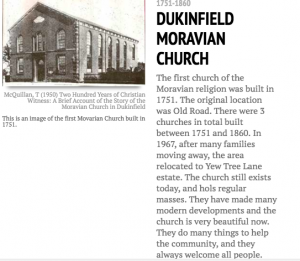Creating these timelines these last couple of classes has made me think about how important they are to history. Without certain timelines with specific historical events, many things in history would be different, and for all we know, they could not exist. Chronology on these timelines is the most important part. Without a specific order of when each thing happened, it is almost pointless to have timelines, because they need to be accurate in order to create resourceful information. Chronology has been used for a very long time. In Grafton’s Introduction, he writes, “They began to plot events not just against long series of years, but against lunar and solar eclipses that could be dated precisely to the day and the hour” (17). Historians and astronomers would use chronology in order to plot accurate points for things they would study. Many timelines are usually in a line, but I honestly do not think they need to be in a specific image, as long as the events are in the right order, then they will be able to be read correctly, and read the story.
So many extremely important events from history occurred because and were turned into timelines. In Grafton’s introduction, they mentioned the Chart of Biography by Joseph Priestly. This is something that is still mentioned today because of timelines. Another thing today that has many timelines are museums. In one of the images in Grafton’s introduction, there is an image from the Museum of Natural History in New York City, and it included a timeline.
The timelines that my group created in class include similar things to all of the timelines mentioned above. The image below shows the separation of each event, and shows which event occurred first, and the order that followed. This allows the viewers to know when everything occurred.

This image is of a specific event that occurred during the time of our memoir, and we were able to include an image that helped our timeline tell the best story. It also tells the years during when this occurred.

Caroline Walsh is a sophomore at Bucknell University and is from Needham, Massachusetts. She has two sisters, including an identical twin, who also attend Bucknell. Caroline is a member of the women’s lacrosse team on campus and enjoys hanging out with her friends.

1 reply on “Blog #3”
I completely agree with your opinion that chronology is the most important aspect of a timeline. Like you said, I feel that the purpose of looking at timelines is to see the sequence of events and to be able to discover a relationship and learn cause and effect between two platonic events. I think we can learn a lot about something based off of its repercussions and seeing things in the order in which they occur will allow us to do this. In my post I talked about how Harriet Lees suffered from lung disease throughout her life which I thought was just something she dealt with, but when I plotted out dates chronologically, I learned that she was apart of the many who lost their lives to the tuberculosis epidemic in Great Britain in the 1800s.